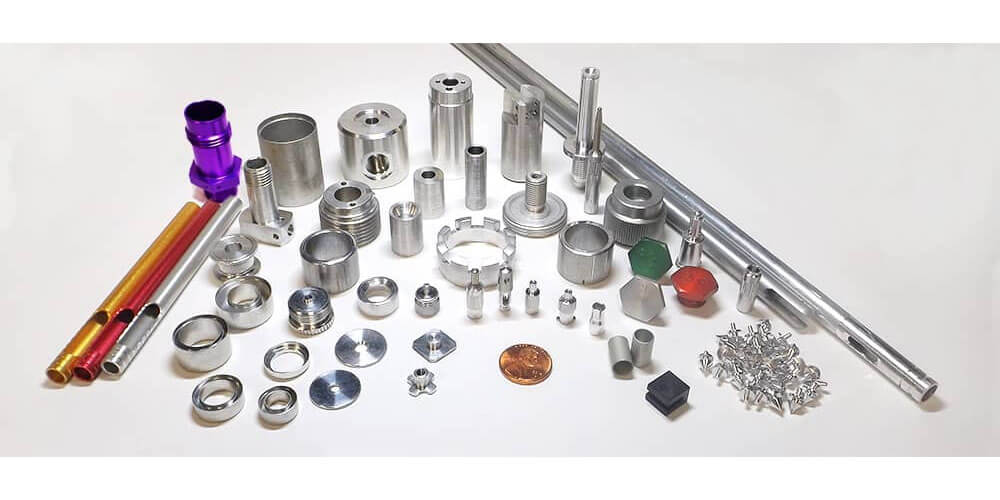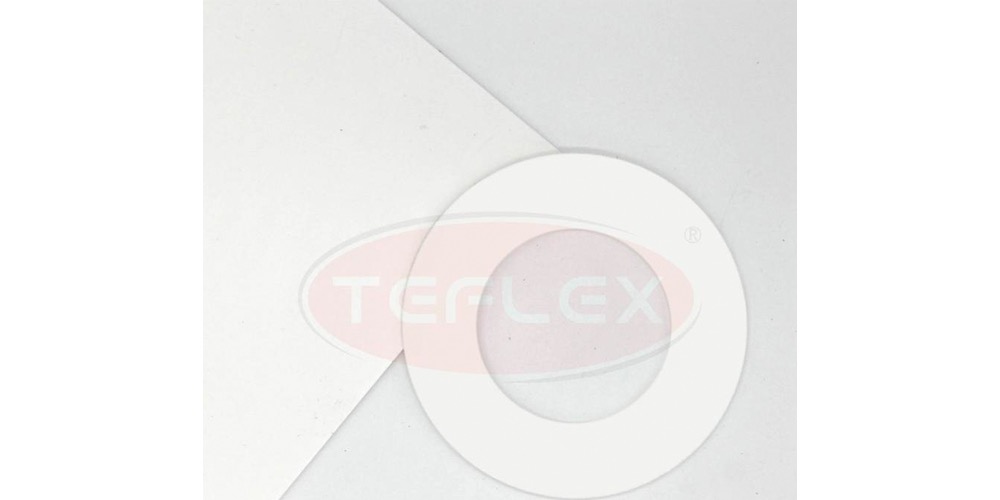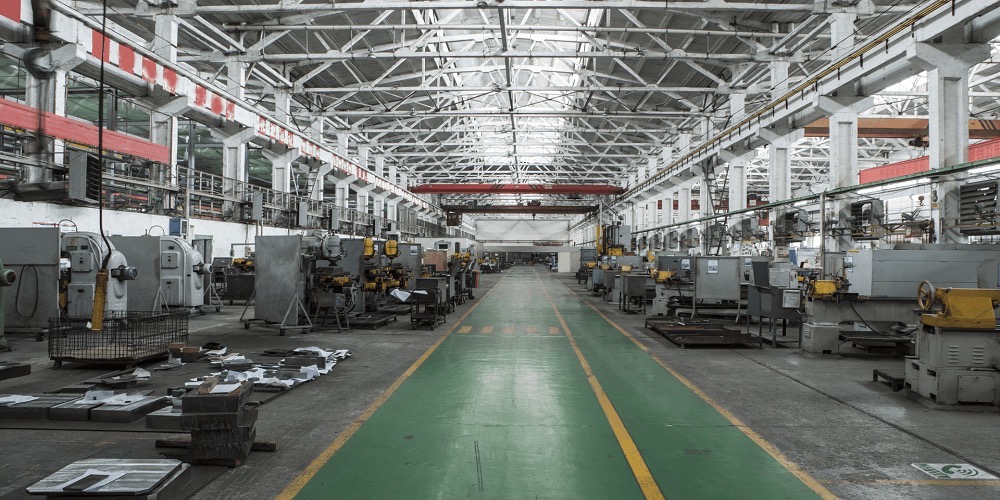Custom machining is CNC machining in various forms, i.e., CNC milling, CNC turning, etc. Custom machining creates custom machined parts for companies in different industries. However, the kind of machinery required to make specific custom machined parts depends on the size, shape, and desired materials. Custom production of parts is easy and fast to make; this article will educate you on custom machined parts and custom machining in general.
The basics of custom machining
Ordering custom machine parts online is as easy as picking out parts from a catalog. Remember, custom machining is needed when desired products are not standard. Custom machine parts are also needed when a client is making an original item or product whose parts do not exist in the market yet. Secondly, custom machined parts can be anything from a simple button to a complicated gear.
Custom machining might be required for a commonplace product but required special detailing such as texture or engraving. The result of CNC machining is a high-quality custom machined part that will outperform its function.
To get a customized product, clients have to do at least one of the following
Clients create a CNC digital design from an idea. The design is a 3D or 2D object that can get turned into a program for a CNC machine.
For clients who cannot make their designs, CNC machine shops with a design department can collaborate to create the desired digital design. But note, an interaction, collaborative development between the department and the client is critical for producing an outstanding custom design.
Another way to make a custom design part is to have the manufacturer make a base part for the client to design. This approach makes it easy for the manufacturer but limits the freedom of the client’s design. Adaptive customization allows the manufacturer to make many products with a degree of accuracy without losing time readjusting the machines.
Cosmetic customization is the process of creating a standard product in several different styles. The different styles are not significantly different from the standard part. The products vary in minor ways, color, size, and shape. This is by far the easiest way to make custom parts for mass production.
Instances when custom machining is used
Custom machining is used when;
- The available standard parts do not match the design the client wants
- The desired design is not on sale from any supplier
- Good quality machined parts can get produced on instant notice
- Small quantity manufacturing is applicable in machine shops
- Machine shops can combine multiple elements into one single machined part
Basic machine shop requirements
If a CNC machine shop aims to manufacture single customized parts for their clients, it needs to be set up differently for production. Custom production involves the implementation of new tools and procedures with each item production. The constant change keeps the employees involved and the work enjoyable.
Decreasing lead time is the main issue that the machine shop has to solve. Since each product requires a fresh set of materials, the machine shop must have a constant supplier of materials. An efficient storage system needs to be set up as there can be thousands of tools and parts in a machine shop.
Types of custom machining
High precision CNC machining is the fastest way to produce custom parts and has quickly gained popularity in the manufacturing industry. High precision and less human input make the process virtually error-free. Increased accuracy in measurements makes the finished custom machined part high quality and high precision functioning. Custom machining can involve machines with five or 6-axis CNC machining centers to better manipulate workpiece materials.
1. CNC millingis a popular type of custom machining service. Parts are formed from a solid block of material. The preferred material for this process is metal, which is drilled until the final product is obtained. Lastly, plastics can also get used for CNC milling.
2. CNC latheand CNC turning are popular machining services that are useful in creating a 3D shape or mold. A computer with little human input controls the CNC machine. The finished product from this process can get blasted to create a more attractive finish.
3. CNC Router technologyis best for precision cutting and etching complex designs out of metal sheets. CNC routers can be used for composite, plastic, foam, glass materials. Because CNC routers are robust, they are suitable for large scale custom machining of parts. Items that CNC routers are used to make include wood boards, panels, molding, furniture, and frames. In reality, CNC routers are used for hobby work, to make prototypes, and product development.
4. Plasma and Laser cutting machiningoffers a fast and effective way to cut and shape 2D models and shapes. Plasma cutters are stronger than laser cutters, but laser cutters have a more accurate finish. CNC plasma cutters use less energy compare to laser cutters, which are preferred for wood and plastic.
The HVAC industry makes significant use of CNC plasma cutting services. The advantage of using CNC plasma cutters includes increased productivity and output. This machining service is also responsible for decorative metalwork and signage. For a more affordable solution, CNC laser cutting is used for high precision cutting and engraving. A CNC laser’s typical use is to create barcodes on items we used in our day-to-day lives.
Compared to the injection molding industry, custom plastic machining for the production of prototypes is cost-effective and efficient. In the manufacturing industry, pricing is a deal-breaker: lower prices are always preferred as long as the quality is unaffected.
Conclusion
Manufacturing automation has made way for the development of innovative machines that solve day to day problems. The computerization of CNC machines makes custom machined parts easy to use, fast, and precise. The highlight of industrial development is the awe-inspiring flexible manufacturing system designed to create multiple unique custom machined parts in mass production and low volume production. All these advances in technology have made it possible for production costs to lower considerably. Custom machined parts are the future of engineering and manufacturing.









